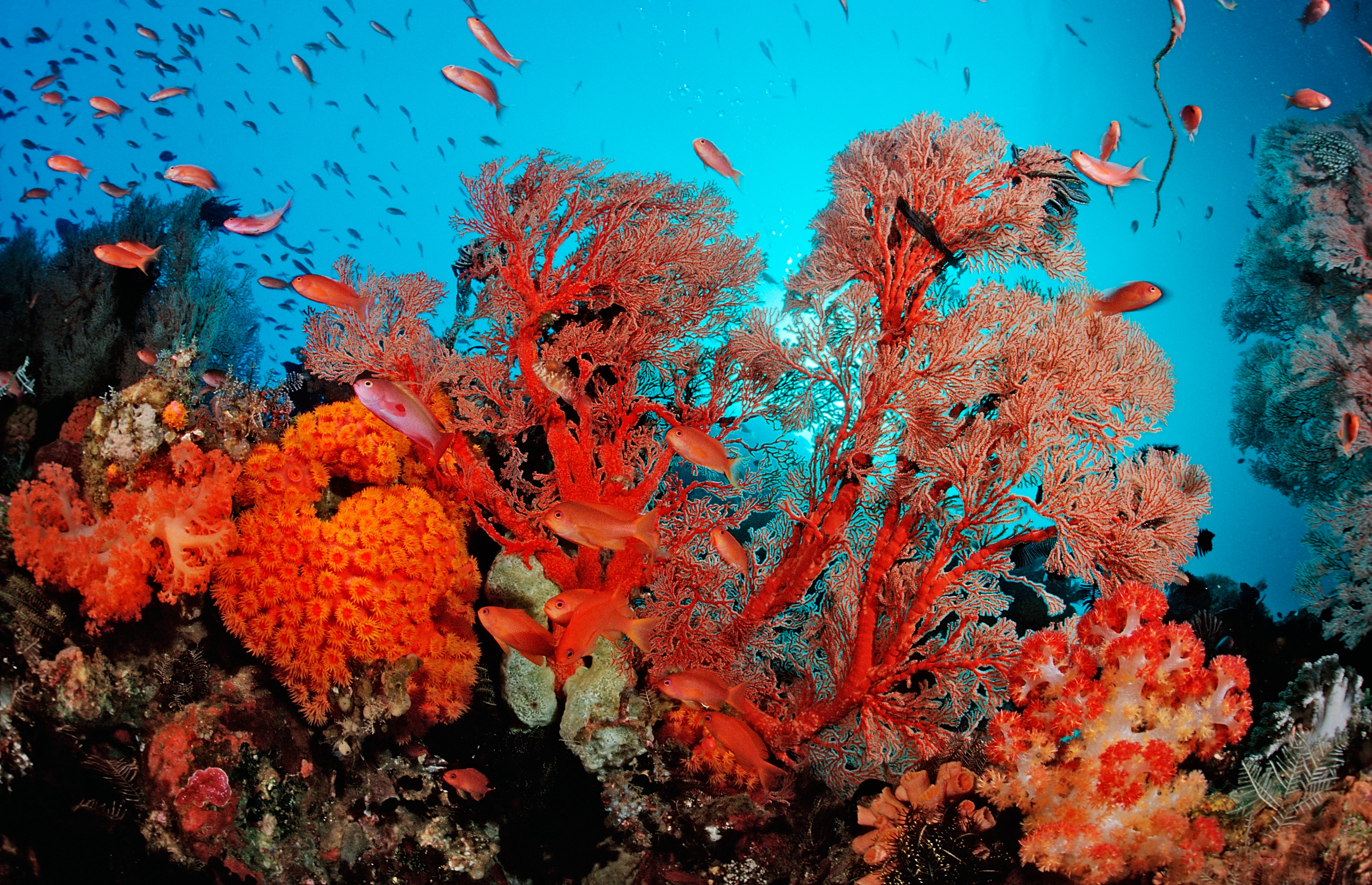Paleontologists have analyzed cartilage material from Caudipteryx, an oviraptorosaurid dinosaur that lived in what in now China some 125 million years ago (Early Cretaceous epoch) and was part of the famous Jehol Biota.
Photograph and line drawing of the Caudipteryx specimen. Image credit: Zheng et al., doi: 10.1038/s42003-021-02627-8.
“Geological data has accumulated over the years and shown that fossil preservation in the Jehol Biota was exceptional due to fine volcanic ashes that entombed the carcasses and preserved them down to the cellular level,” said Dr. Zhiheng Li, a paleontologist at the Institute of Vertebrate Paleontology and Paleoanthropology of the Chinese Academy of Sciences.
In the study, Dr. Li and colleagues examined a well-preserved, complete specimen of Caudipteryx.
The specimen was collected in the Yixian Formation near Chaoyang City in China’s Liaoning province.
To investigate preservation of chondrocytes — the only cells found in healthy cartilage — in the fossil, the researchers used an array of microscopy methods that complement each other.
“We isolated some cells and stained them with a chemical used in biological laboratories worldwide,” they said.
“This purple chemical, called hematoxylin, is known to bind to the nuclei of cells.”
“After staining the dinosaur material, one dinosaur cell showed a purple nucleus with some darker purple threads.”
Photographs of stained paraffin sections of the cartilage of Caudipteryx (a, c, d, g, h) and that of an extant chicken (b, e, f). Image credit: Zheng et al., doi: 10.1038/s42003-021-02627-8.
“This means the 125-million-year-old dinosaur cell has a nucleus so well-preserved that it retains some original biomolecules and threads of chromatin.”
“Chromatin within the cells of all living organisms on Earth is made of tightly packed DNA molecules.”
“The results thus provide preliminary data suggesting that remnants of original dinosaur DNA may still be preserved.”
This is only the second example of fossilized chromatin threads in a vertebrate material.
“These data show that some of the original nuclear biochemistry is preserved in this dinosaur cartilage material and further support the hypothesis that cartilage is very prone to nuclear fossilization and a perfect candidate to further understand DNA preservation in deep time,” the scientists said.
The findings were published in the journal Communications Biology.
_____
X. Zheng et al. 2021. Nuclear preservation in the cartilage of the Jehol dinosaur Caudipteryx. Commun Biol 4, 1125; doi: 10.1038/s42003-021-02627-8
Note: This article have been indexed to our site. We do not claim legitimacy, ownership or copyright of any of the content above. To see the article at original source Click Here









